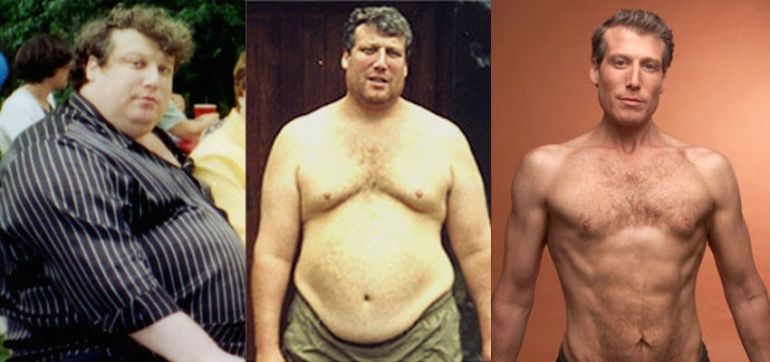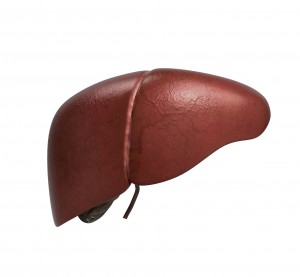Nutritive vs. Non-Nutritive Sweeteners
Sweeteners, whether they be nutritive (provide calories) or non-nutritive (do not provide calories), are added to a multitude of foods and beverages. Sweeteners not only provide a sweet flavor to foods, they are also used to preserve foods (in jams or jellies), provide body, bulk and texture (in ice cream and baked goods), enhance other flavors (salty), and aid in fermentation (in breads and pickles). Are these sweeteners good for us? And more importantly, are they safe?
Nutritive sweeteners fall under the category of foods called "generally recognized as safe" (GRAS) by the Food and Drug Administration (FDA). However, although they may be deemed safe, excessive consumption of even so-called "natural" sugars can have detrimental effects on your health. The Institute of Medicine (IOM) suggests a maximum intake level of nutritive sweeteners of 25% of total energy intake because dietary quality, and ultimately your health, suffers with an intake above that level. Additionally, nutritive sweeteners increase the risk of dental caries. Some caloric sweeteners occur naturally, while others are processed from compounds of sugar.
Non-nutritive sweeteners, more commonly referred to as artificial sweeteners, have been used for decades to add a sweet flavor to foods without adding significant calories or promoting tooth decay. Artificial sweeteners are popular among diabetics and dieters alike, and new types of artificial sweeteners have been introduced to meet this growing demand. Currently there are five non-nutritive sweeteners that have been approved by the FDA--acesulfame K, aspartame, neotame, saccharin, and sucralose. All non-nutritive sweeteners go through chemical processing.
Nutritive Sweeteners
Processed
- Confectioner's/powdered sugar: finely ground sucrose
- Corn syrup/corn sugars: liquid combination of maltose, glucose and dextrose, used often in sodas, baked goods, and canned foods
- Dextrose: glucose with water added
- Invert sugar: sucrose that is divided into its two components--glucose and fructose, sweeter than sucrose, used in candies and baked products, liquid
- Sucrose: combination of glucose and fructose, often called "table sugar", produced from concentrated sugar cane or sugar beet juice, includes raw sugar, brown sugar, granulated sugar, confectioner's sugar and turbinado sugar (unrefined sugar)
Non-processed
- Brown sugar: obtained from molasses syrup
- Fructose: sugar found naturally in all fruits, sometimes referred to as "levulose" or "fruit sugar"
- Glucose: syrup derived from corn starch, also found in small amounts in some fruits
- Honey: sweetener produced by bees, made up of fructose, glucose, and water
- Lactose: milk sugar, combination of glucose and galactose
- Maltose: produced during fermentation, also called "malt sugar", found in beer and bread
- Mannitol: byproduct from producing alcohol (doesn't actually contain any alcohol), only contains half the calories of sugar because it's not well absorbed by the body, used in many diabetic foods
- Maple sugar: comes from maple tree sap, combination of sucrose, fructose and glucose
- Molasses: residue of processing sugar cane
- Raw sugar: brown-colored sugar that can be granulated, coarse or solid, results from the evaporation of moisture from sugar cane juice
- Sorbitol: made from glucose, found naturally in some fruits (specifically berries), absorbed by the body much more slowly than regular sugar, often used in diabetic foods
Non-Nutritive Sweeteners
- Aspartame (brand names Equal and Nutrasweet): made from phenylalanine and aspartic acid (two amino acids--the building blocks of protein), 220 times sweeter than sugar
- Acesulfame K (brand names Sunett and Sweet One): heat stable (can be used in cooking and baking), 200 times sweeter than sugar, often combined with other sweeteners including saccharin and used in diet soda and other foods
- Neotame: made from phenylalanine and aspartic acid, heat stable, 7000-13,000 times sweeter than sugar, used in a variety of foods and beverages
- Saccharin (brand name Sweet 'N Low): 200-700 times sweeter than sugar, used in numerous low-calorie foods and beverages
- Sucralose (brand name Splenda): made from sugar, 600 times sweeter than sugar, heat stable, widely used in food products, popular tabletop sweetener
Which choice is best for you, nutritive or non-nutritive sweeteners? That depends on your overall taste preferences and your health goals. Nutritive sweeteners provide calories (often excessive calories in the typical Western diet) and can lead to dental cavities, but they provide a sweet taste and have many other purposes in foods. Non-nutritive sweeteners won't provide calories (a plus) but some people don't like the taste of artificial sweeteners, and these sweeteners don't provide the same texture, consistency and bulk as sugar in baked and cooked foods. For those with diabetes, non-nutritive sweeteners may help them manage their blood glucose levels while still enjoying sweet foods.
The bottom line--the position of the American Dietetic Association (ADA) is that, "consumers can safely enjoy a range of nutritive and nonnutritive sweeteners when consumed in a diet that is guided by current federal nutrition recommendations, such as the Dietary Guidelines for Americans and the Dietary References Intakes, as well as individual health goals."
Kari Hartel, RD, LD is a Registered Dietitian and freelance writer based out of St. Louis, MO. Kari is passionate about nutrition education and the prevention of chronic disease through a healthy diet and active lifestyle. Kari holds a Bachelor of Science in Dietetics from Southeast Missouri State University and is committed to helping people lead healthy lives. She completed a yearlong dietetic internship at OSF St. Francis Medical Center in Peoria, IL, where she worked with a multitude of clients and patients with complicated diagnoses. She planned, marketed, and implemented nutrition education programs and cooking demonstrations for the general public as well as for special populations, including patients with cancer, heart disease, diabetes, Alzheimer's disease, obesity, and school-aged children. Contact Kari at [email protected].
-
Step Up The Pace Against Unwanted Fat
Around five million American women take up running as the core of t
-
Mommy Makeover
In this day and age, there is simply no excuse for unhealthy life
-
Natural Weight Loss with the Law of Attraction
Can you use the Law of Attraction for weight loss? The answer is ab
-
13 Killer tips for express fat loss
Although there is no magic formula for q
-
50 Inspirational Health and Weight Loss Quotes
Good health and weight loss are not a new desires, people have b
-
Attempting To Lose Weight? Here Are Some Ideas!
Anyone can commit to losing weight succ
- DON'T MISS
- Using Laxatives To Lose Weight
- Choosing A Healthy Weight Loss Plan?
- How To Get Rid Of Love Handles The Easy Way
- Making Peace with Food & Your Body
- Components That Make Natural Weight Loss Possible
- The top Way To acquire Reasonably priced Lap Band Surgery
- 6 Foods You Should Never Eat (And What You Should Eat Instead)
- Are Low Fat Diets Helping to Cause Type 2 Diabetes?
- Losing Weight With The Body For Life Program
- Startling Facts About Vegetable Diets and Acai Berry Weight Loss Pills That Could Interest You




